This article has been taken from the latest Fleet News safety special report Cut Your Risk. It is sponsored by Europcar and Kwik Fit.
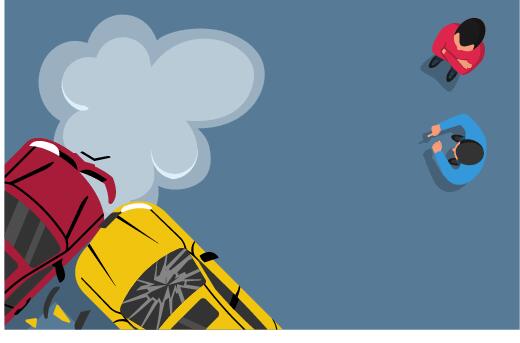
However good an organisation’s risk management strategy is, road collisions will still happen.
How a fleet reacts to them will have long-lasting consequences, both from operational and driver well-being perspectives.
From an operational angle, best practice is well-established. “A fleet manager or their accident management provider should take decisive action following a collision to reduce disruption and costs,” says Mark Young, corporate account director at AX.
“The first step is to ensure the safety of the driver and other parties involved.
“The driver should be instructed to follow company protocol, which may include reporting the accident, gathering necessary information and avoiding any admissions of liability.”
If there is a collision involving a third party, the business driver should get their name, address, phone number, vehicle registration number and insurance details. Taking photographs of the scene can also provide a useful record.
The driver should then contact their employer or the organisation’s accident management company which will then take up the claim.
Many suppliers offer smartphone apps which make immediate reporting convenient and ensure drivers gather all the information needed.
Speed is of the essence when it comes to reporting incidents. “Drivers need to get any collision logged straight away,” says Lorna McAteer, head of fleet at National Grid.
“It doesn’t matter what happens, call it in; end of. Because all of the costs etc. tend to rise the longer it is before the incident is reported.”
The main cost which can be avoided is credit hire – when a temporary replacement vehicle is provided by a credit hire organisation (CHO) in the event of a non-fault collision.
The CHO funds the car hire while the vehicle is being repaired and will then claim the hire charges back from the at-fault party’s insurer. This is vastly more expensive than the at-fault party sourcing a replacement rental itself, with this cost, obviously, racking up the longer the repair takes.
Interview drivers
Fleet managers should also interview their driver as soon as possible to learn from any incident and use their findings to implement training or operational changes to reduce the likelihood of a similar crash happening again.
“Investigate all incidents, whether they are minor or more serious,” says Mark Cartwright, head of commercial vehicle incident prevention at National Highways.
He recommends using the ‘five whys’ methodology, which involves asking ‘why’ questions multiple times to identify the root cause of a problem.
This also helps to differentiate between the contributing factors of a problem and its root cause, and can be learned quickly and does not require statistical analysis to be used.
Cartwright says: “Ask what happened? ‘Well, I crashed into them’. Why? ‘I didn’t see them’. Why didn’t you see them? And so on. Dig into it and find out what the root cause of an incident was so you can address it.
“A lot of businesses talk about having a blame-free culture. It’s not a blame-free culture. You will go through the investigation process and blame may well actually end up somewhere, but it’s having a just culture, a consistent culture, where you’re taking everybody’s views on board and you are carrying out that investigation in a proper manner.”
Look after driver well-being
As well as potentially sustaining physical injuries, drivers who are involved in a collision can often experiencing mental health issues.
“Some drivers have understandable anxiety about getting in a vehicle again, particularly when they are in a situation similar to when they were involved in a crash,” says Dr Nicola Lester, clinical consultant for Brake and also of the Psychological Trauma Consultancy.
“They may no longer feel safe when they’re in a car, for example. They might be having nightmares.
“They may be thinking all the time about what has happened and that would be a normal response to a traumatic incident as it shows the mind is working really hard to process the event.
“We don’t need to look far to know that we don’t want anxious drivers on the road.”
Organisations can tackle this by offering access to mental health support, such as trauma-informed therapy, counselling services and employee assistance programmes (EAPs).
Employers should ensure these resources are easily accessible, confidential and free from stigma, so employees feel empowered to seek the support they need without fear of judgement, says Caitlin Taylor, road safety manager England at RoSPA (Royal Society for the Prevention of Accidents).
“It is not enough to offer empty condolences or superficial policies; true support requires a deeper, authentic engagement with the well-being of employees,” she adds.
“When employers show genuine care, it fosters trust and creates an environment where employees feel safe, valued and supported, enabling them to navigate their trauma with the understanding they truly need.”
Support can also take the form of offering affected employees flexible leave options, phased returns and adjustments that can help them transition back when they are ready.
Send a clear message
This support sends a clear message to employees that their well-being is the priority, says Taylor.
“It acknowledges that, while work is important, it is only sustainable when the individual is supported holistically and is allowed to regain their health and strength in their own time.”
Colleagues can play a pivotal role in helping employees feel supported, and this may be through simple acts of kindness, such as offering a listening ear or helping with practical tasks.
“By prioritising care and understanding over performance, teams can provide a safety net for those dealing with trauma and loss,” says Taylor.
As well as offering support internally, organisations can also provide affected employees with details of independent organisations which offer help, such as the National Road Victim Service run by Brake.
This is a free, professional service which provides a telephone hotline, as well as numerous guides containing useful information.
Brake will this year also establish and run a new National Centre of Excellence for Post-Crash Support.
This will offer a commissioned consultancy service providing expert guidance to organisations and practitioners to help them integrate and deliver a trauma-informed response to victims and their families.
The charity adds the centre is committed to research and developing knowledge supporting the development of trauma-informed approaches in the field of post-crash support, and promoting opportunities to ensure that lived experiences and the voices of victims and their families are heard, understood, and inform practice.
Safety continues to be among the top priorities for a fleet decision-maker, but it can be a complicated and time-consuming subject to navigate.
Our new Fleet Safety Report aims to simplify this with a focus on a number of key issues, beginning with the reasons – such as moral, legal, operational and financial – why it should be taken seriously.
Employing case studies and industry experts, we also look at how an organisation can ensure its drivers are given the necessary skills to reduce incidents through a robust training strategy, the use of telematics and in-cab cameras to monitor and reduce risk, and how a fleet manager can win buy-in from drivers for new initiatives.
Other topics we investigate are post-collision strategies - what a fleet manager and driver should do after an incident to minimise the likelihood of a similar crash happening again, as well as how to reduce costs and vehicle downtime – and national initiatives which will have a future impact on collision rates.
This includes measures as simple as not referring to crashes as ‘accidents’, as well as the expected publication of a national road safety strategy in the spring.
The report, sponsored by Kwik Fit and Europcar, also features a case study of how a serious road collision led to an engineering company introducing new technologies to improve fleet safety.
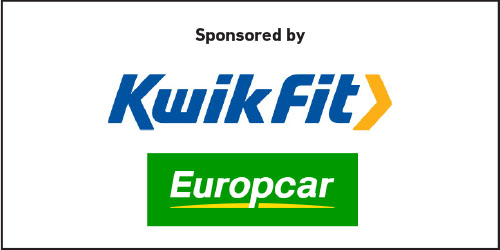



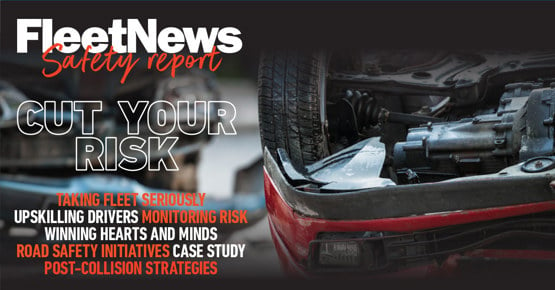
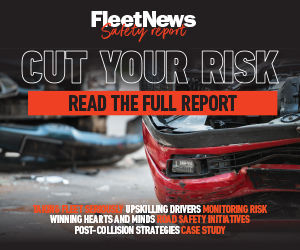



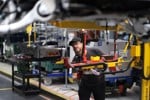








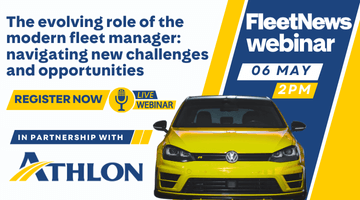
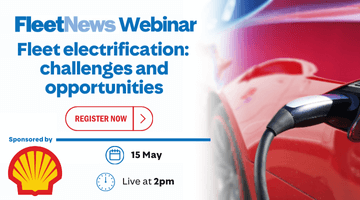
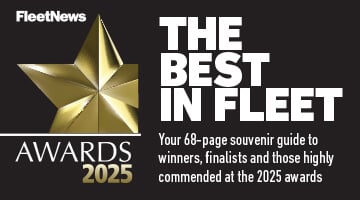
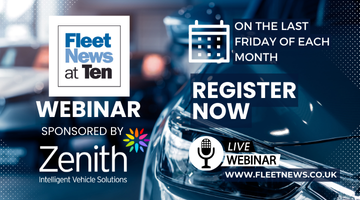
Login to comment
Comments
No comments have been made yet.